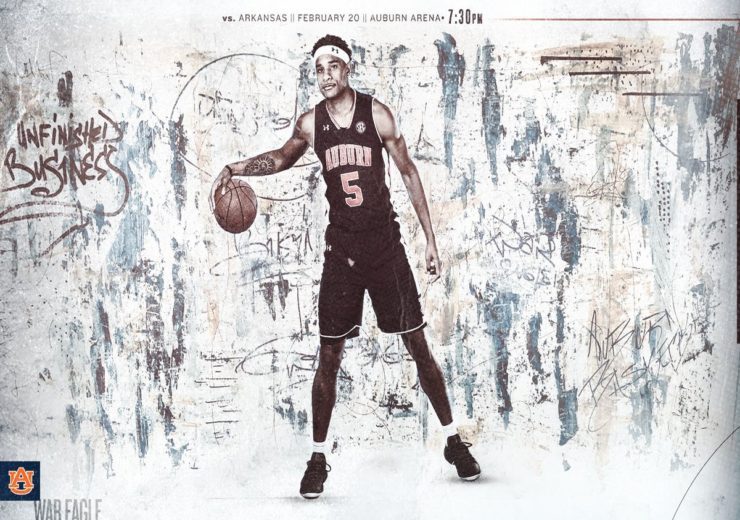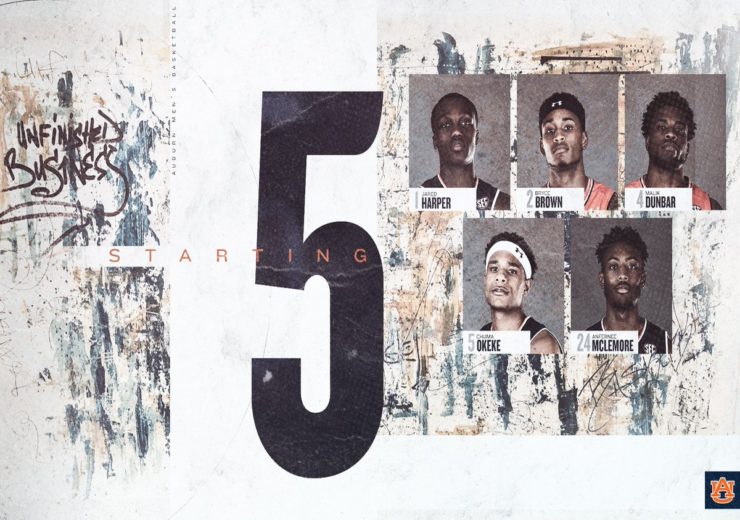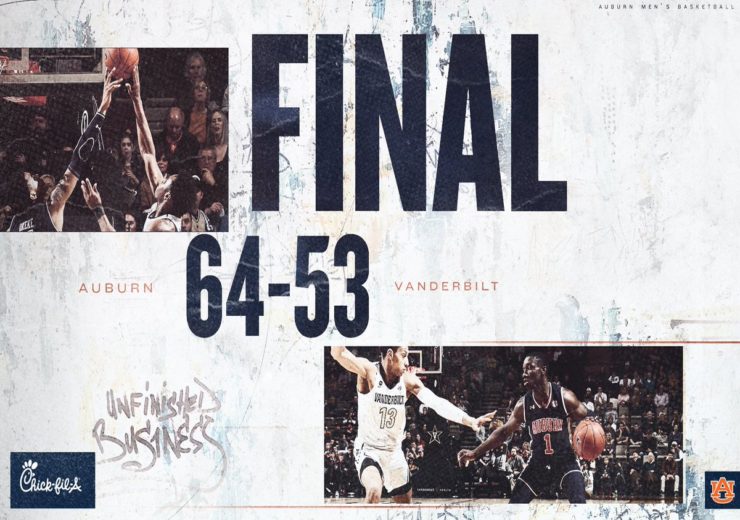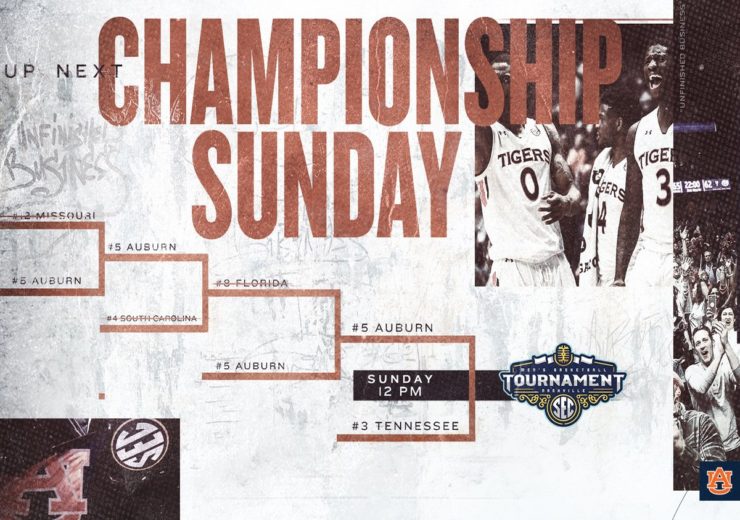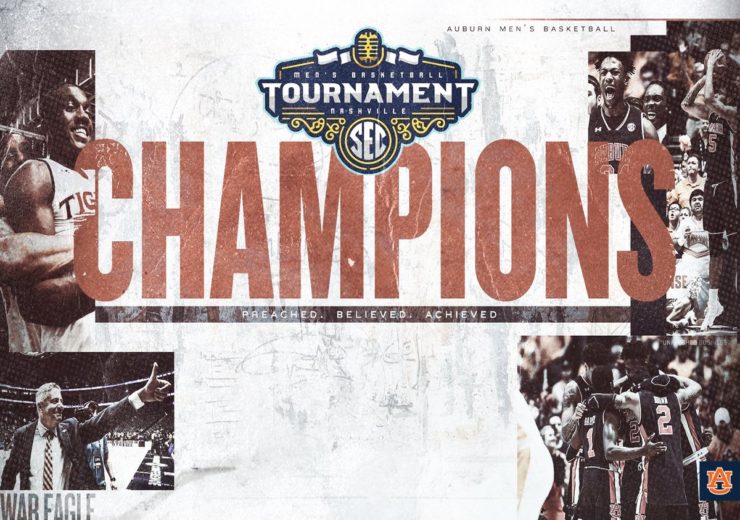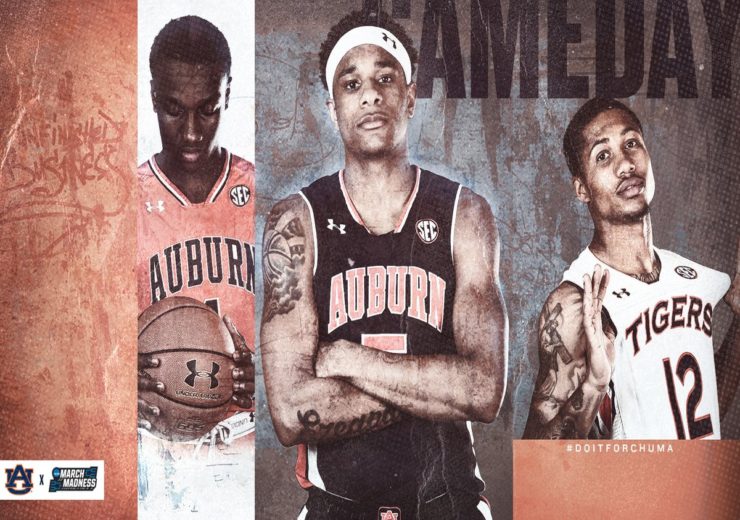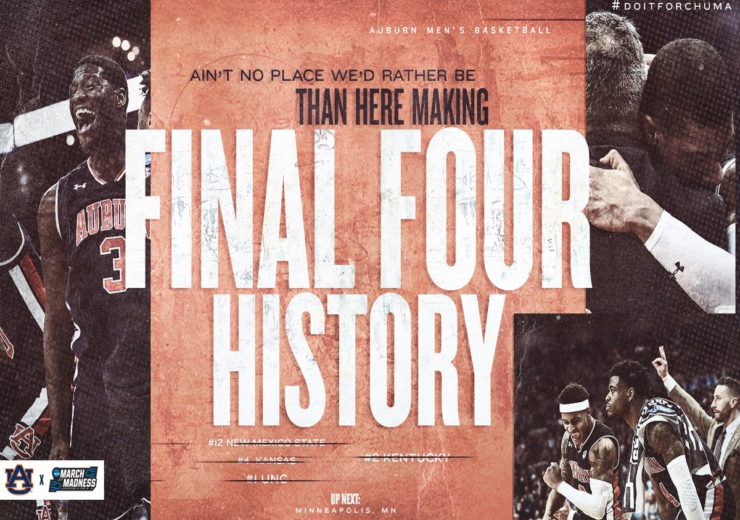Dwayne Wade’s final game at American Airlines Arena provided a lesson in how to do content right. The Miami Heat and sponsors that created tributes for Wade didn’t just produce good content; they produced some of the strongest content I’ve seen in a long time. From Budweiser’s emotional ode to Wade beyond the court to Gatorade’s original jingle, below are a few highlights from Wade’s tributes and lessons to take away:
1 – Budweiser: Bigger Than Basketball
If you browse the internet at all, there’s a really good chance that you’ve already seen Budweiser’s nod to Wade. It might be the best produced piece of branded content we’ve seen in a long time. Grab some tissues and watch.
Budweiser nailed this piece. In a time when so many don’t get branded content right, they delivered a few powerful lessons.
First, like everything, branded content is about the concept.
If you want branded content to have a one single chance of making an impact, you have to nail the concept first. Consumers don’t care about the vehicle for content as long as it’s interesting, useful, relevant or entertaining to them. If you can provide some kind of value then you’ll get a chance at their attention.
Budweiser’s piece for Dwayne Wade was an incredibly powerful concept. I’ve never seen so many tweets about the fact that a branded piece of content made someone cry. And, that’s exactly why it worked. The concept was powerful enough to move people, thus generating buzz for both Dwayne and Budweiser. Focus on nailing the concept before anything else.
Second, branded content can’t be selfish.
Too often branded content becomes about the sponsor; slap a logo here and slap a logo there all for the hopes of gaining some eyeballs. Consumers see through partnerships that are not thoughtful, so slapping a logo on a piece of content is a loss for everyone (the brand/athlete, sponsor and fan).
Budweiser didn’t worry about elevating themselves. They focused on elevating Wade, the athlete they sponsor. The concept was inspired solely by Wade (and as a human not player), and because of that, felt extremely authentic to the audience. Sponsors can’t get selfish with branded content. You have to understand why you partnered with a brand or athlete and leverage them as a vehicle to reach an audience. If the content becomes all about the sponsor and not relevant to the partnership, then content will fall flat. Good branded content cannot be selfish. Period.
Third, the execution can’t be in your face.
If you have a great concept that elevates the partnership (isn’t selfish), the next key is to execute seamlessly. In the Budweiser piece, you don’t even see a Budweiser logo until more than :30 seconds into the piece (& the logo is in the background of signage at the arena). The subtle nature allows the consumer to connect with the message vs getting turned off that it’s a branded content piece.
Too often I see sponsors trying to force the message. Even if the concept is strong, 20 logo hits, branding within the first second and a tag in the photo and a mention in the copy will hurt the delivery. Too often by the time a piece gets shared, the message has been muddled and the content looks like an advertisement in Times Square.
Don’t take away from a strong concept by trying to force the branding. As we saw with Budweiser’s piece, if you nail the concept and the delivery the impressions and chatter will take care of itself.
2 – Miami Heat: #L3GACY
The Heat did a phenomenal job with all of their content surrounding Dwayne Wade’s last game. It’s clear that their team brainstormed, prepped and thought about every angle. While it’s worth perusing their feeds to see all the content and inspiration, these two pieces really stood out to me:
Sports teams often operate with smaller resources and budgets than big brands. It’s not always easy to execute on everything you want and do it extremely well. The Miami Heat though delivered across the board. Below are just a few of my takeaways from what they produced.
First, they delivered on good old-fashion storytelling.
The Heat’s “Act 3” piece was an incredible example of storytelling done right. They didn’t try anything fancy or over-complicated; they just delivered on Wade’s incredible story chapter by chapter. Breaking down Wade’s career in three acts was incredibly powerful. It’s a concept that has been relevant in storytelling for ages but also relevant for Wade.
In a day and age where we sometimes get distracted by fancy and high production value, the Miami Heat proved with Act 3 that it’s more about the heart of the story. Wade’s story and career didn’t need any flare added to it; the story in itself covered all of that. If you can deliver telling a story well (and in a way that is easy to follow), you’ll deliver for your fans.
Second, they brought in voices that matter.
The Miami Heat did a great job bringing in voices that matter to Wade’s story. From the piece featuring his son to the appearances that were made in the Act 3 piece, the Heat drew from collective voices that were part of Wade’s journey.
When looking for angles for content, new voices can play an important role. It’s important to make sure that stories aren’t driven from one point-of-view. Tap into everyone who made the moment, the journey, the rewards, the struggles that much greater. Sports are a collective thing; leverage that.
Third, they tapped into emotion.
I believe emotion is the most powerful tool we have in marketing. It’s what connects people, draws them in and makes situations, people and moments relatable. The Miami Heat delivered on the emotional piece. Look at the comments from their content and all you’ll see are responses like “who is cutting the onion”.
We’re in the business of understanding people. Our job is to evoke something in them. Make them laugh, cry, cheer or even question. Emotion is the most valuable tool we have. Tap into, like the Miami Heat did.
3 – Gatorade: 3 Is The Magic Number
Gatorade has always been a brand that has showed up big in moments around their athletes. And, this moment was no exception. To honor Wade, Gatorade enlisted John Legend to tell the story of the impact he made on and off the court.
While this video was overshadowed by Budweiser, it deserves a nod and is certainly worth a watch. Two takeaways from it:
First, this was as original as it gets.
Having John Legend right a tune for Dwayne Wade was as original as it gets. There was no chance that another brand was going to have something similar. I love that Gatorade enlisted a creator to commemorate this moment in a way that no one as can. Originality always wins.
Second, they did something different.
This piece from Gatorade was a little different than other tribute pieces they’ve done, and I like that they took a creative risk. It’s not an overly-dramatic anthem spot. It’s a catchy tune that tells the story of Wade as a person and player really well.
It’s would be easy for Gatorade to constantly fall back on what has worked in the past, but they seem to be a brand that is willing to try new things, test new territories and constantly wants to show up well in big moments. We could all take a lesson from Gatorade in stepping outside our creative box a bit and trying something new. Not everything will always be a home run, but you learn valuable lessons along the way from testing, creating, trying and evaluating. Don’t be afraid to do something completely different.
Moments like these are when teams, brands and sponsors are at the top of their game. Whether it’s delivering an emotional video or creating something completely original, there are so many things to takeaway.
What stood out to the most to you?
